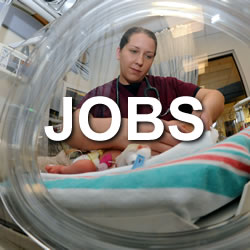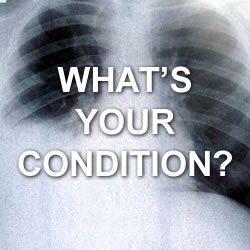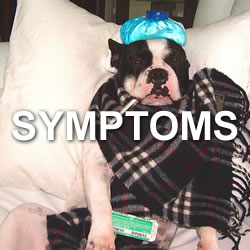Crying Infant
Don’t be in a hurry to diagnose colic - Sean M. Fox

image by: Night Owl Nanny Care
HWN Recommends
Inconsolable Infant
Crying is a normal aspect of human behavior. Infants may cry for a variety of reasons ranging from hunger, need for attention, discomfort, or pain. When crying is perceived to be excessive, or parents are unable to console their infant, it can cause parental angst. Thus far, no consensus has been reached on the definition of excessive crying, but in general infant colic is “excessive crying of unknown cause in otherwise well infants”. Traditionally it is defined by the Wessel’s criteria of fussing or crying more than three hours of the day for more than three days of the week.
However, colic should only be diagnosed after exclusion of other causes of excessive crying. One study by…
Resources
 An Emergency Physician’s Approach To The Crying Baby
An Emergency Physician’s Approach To The Crying Baby
It was disconcerting to find that while we had a combined clinical experience of over twenty years as emergency physicians, after having treated over 100,000 patients (including at least 20,000 pediatric patients), when our baby cried and we couldn’t figure out why, we instantly went into panic mode.
 Baby Tim Cries
Baby Tim Cries
The complete differential diagnosis of excessive crying in an infant is enormous.
 The Crying Baby
The Crying Baby
It’s midnight on a tuesday and a couple have presented to your hospital’s ED with 7 week old Jonny who will just not stop crying.
 The Fussy Infant
The Fussy Infant
A social visit or your most dangerous presentation tonight?
A Systematic Approach To The Evaluation Of Acute Unexplained Crying In Infants In The Emergency Department
Crying is a common behavior of infancy that can be a signal of a broad spectrum of conditions ranging from the normal needs of hunger and sleep to significant medical or surgical pathology.
Crying Child
Unfortunately, there is no consensus as to what constitutes excessive crying. Infant colic has been described by the “rule of 3”: crying that lasts > 3 hours per day, for > 3 days per week in an otherwise healthy infant between 3 weeks and 3 months of life. However, it is important to note that infant colic is a diagnosis of exclusion, and the acute presentation of excessive crying may indicate significant pathology.
Evaluation of Acute Unexplained Crying in Infants
The degree of parental concern has been shown to correlate with disease severity in infants. Parents can differentiate the cries of their infants and can intuit pathology as well. Parental concern should be one of multiple features to factor into the evaluation of a crying infant and should not be dismissed by providers.
Is a Crying Baby an Emergency or Just Normal Infant Behavior?
Determining the medical history and performing a physical examination remain the cornerstones for the evaluation of a crying infant and should drive investigation selection.
Lightning Learning: Crying Babies in ED
Whilst most scenarios are benign (95%) needing no tests, parent fears must be heard. Balancing reassurance against not missing serious illness or early psychosocial stress.
 Inconsolable Infant
Inconsolable Infant
Without question, one of the most challenging tasks in life is to raise a child. The degree of difficulty of this challenge is heightened when that child becomes “inconsolable.” Since a young infant or child has a limited repertoire to convey illness, constant crying needs to be taken seriously by us in the Emergency Department. So, before you jump to the conclusion that this is merely “Colic” in the 2 month old, let us quickly highlight some entities that should be at the top of your DDx when evaluating the inconsolable child.
 The Inconsolable Infant: Just colic or a bad omen?
The Inconsolable Infant: Just colic or a bad omen?
Every infant that presents to the emergency department with the chief complaint of “crying” or “irritability” warrants a careful history and thorough physical exam. The differential diagnosis for crying is broad and involves every organ system.

Introducing Stitches!
Your Path to Meaningful Connections in the World of Health and Medicine
Connect, Collaborate, and Engage!
Coming Soon - Stitches, the innovative chat app from the creators of HWN. Join meaningful conversations on health and medical topics. Share text, images, and videos seamlessly. Connect directly within HWN's topic pages and articles.













